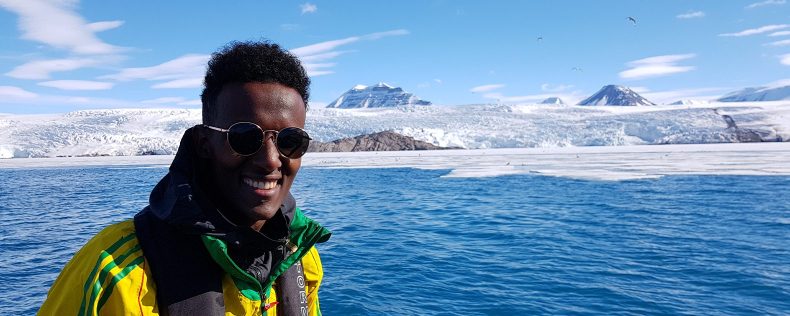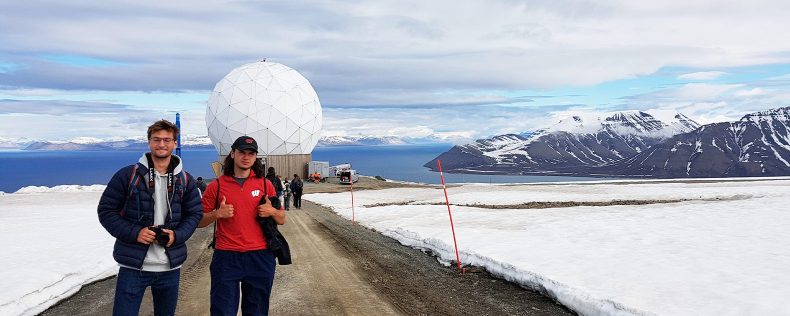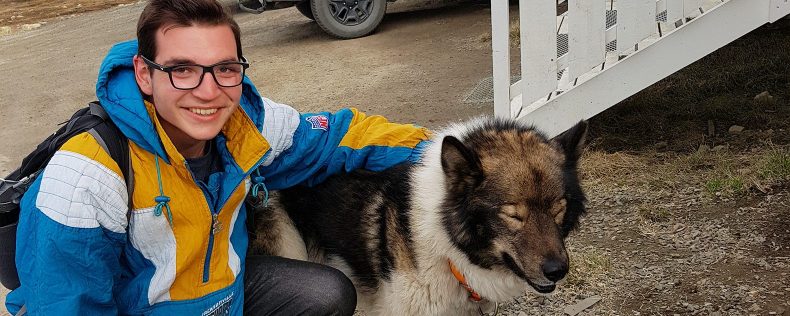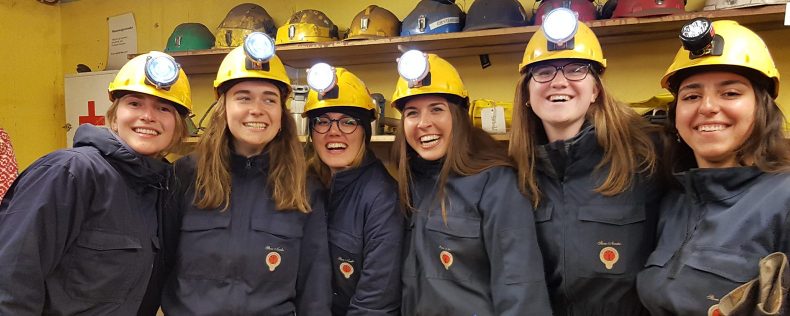On this week-long Study Tour, you gain first-hand experience of the Arctic environment and the diverse wildlife of terrestrial, limnic, and marine Arctic habitats.
The Arctic summer is short but intense, and while the warmth of the midnight sun gives optimal growth to a wide array of plants and fungi, the nutrient-rich waters at the ice edge of the fjords attracts an abundance of walruses, seals, and whales, and many migratory Arctic birds return to their breeding sites in Svalbard.
Nature hikes to bird colonies, glaciers, fjords, and ice caves and excursions by boat and dog sled, will enable us to experience and study the biological processes and species, and their adaptions to the Arctic environment. Furthermore we will experience how climate change impacts Arctic species and their phenology.
Tour Objectives
- Gain an understanding of Arctic ecology, and how to observe wildlife and conduct fieldwork in an Arctic environment
- Experience Svalbard’s Arctic fauna and flora up close, study species' interactions and experience how climate change affects the Arctic ecosystem and timing of biological events like breeding and migration of Arctic species
- Gain insight into Svalbard’s history, and experience the culture and atmosphere of Longyearbyen, the world's northernmost settlement while spending time with fellow classmates
Possible Activities
- Hike to Bjorndalen, home to Arctic fox, reindeer, little auk, and Arctic geese. Visit the bird cliffs and see the view over the fjord. Lunch and whale watching by the sea
- Visit the arctic university UNIS for a guest lecture and learn about Arctic research within Svalbard, followed by a hike to one of the field sites, to observe how data is collected in the field
- Experience the marine wildlife in Isfjorden on a boat trip, see calving glaciers and icebergs and watch for seals, whales, and walruses, or some of the thousand of birds that forage in the nutrient-rich water in front of the glacier





